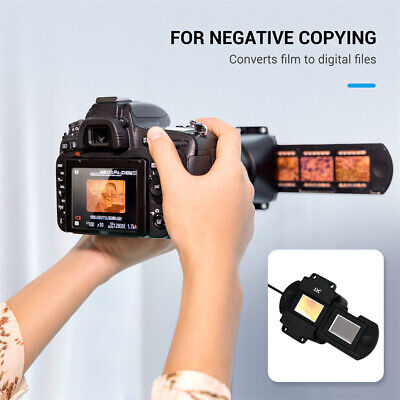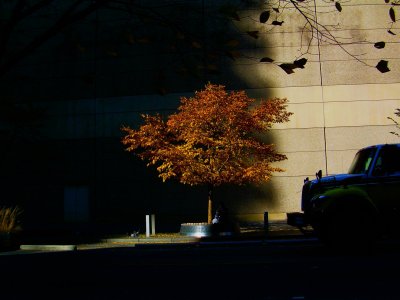Chriscrawfordphoto
Real Men Shoot Film.
Just curious, Chris. In your Fort Wayne thread as well, you mentioned returning to shooting film in your Leica. What's behind that decision? Thats's a curious (not hostile!) question.
Retro-Grouch asked me this in my thread with my photos of my cat, but I thought the answer to his question would make a nice thread of its own.
My Nikon LS-8000ED film scanner died a couple years ago and I couldn't afford the outrageous prices people are demanding for them now to replace it. I ended up buying a Nikon Coolscan V to scan 35mm with but rarely used it because if the film wasn't PERFECTLY flat (and home-processed B&W film almost never is), the scans would not be sharp all over. It was so frustrating, so I just stopped shooting film. By then most of my work was color anyway.
I have a good amount of Leica gear that has been gathering dust, plus some other 35mm gear. Earlier this year, I decided to write a tutorial on color negative scanning to go along with my tutorials for B&W neg scanning and color transparency scanning. It is something people have been asking me for. I had not shot any color neg film in 20 years; the film photography that I did in color was all slide film because slides are easier to scan. I did not want to use an old negative for the tutorial; I thought it would be better to use a modern, currently available film for the example scans. I got a couple rolls of Kodak Portra 400 and shot some photos to use for the tutorial. Here are a couple of the shots I scanned from that film, using my Nikon Coolscan V and Vuescan:




I liked the way the film rendered, and wanted to shoot more; but the files were an extreme pain to edit. Vuescan just plain doesn't do a good job of inverting the scans of color negatives and correcting for the orange base-color of the film; so a lot of heavy editing in Photoshop is needed. As I detailed in this thread, I went looking for a lab that could develop and scan the film for me, giving me 16 bit unedited TIFF files that I could edit myself and that would have resolution equal to what the Nikon scanner gives. Most labs give relatively low-resolution scans, auto-edited by the minlab's software, and saved as JPEGs that do not take much editing without falling apart. I found a lab that uses a Noritsu scanner that handles color negs well and that offers the option of 4500dpi 16 bit tiff files. I sent them a couple of test rolls and was impressed. The files were so much easier to edit than those from the Nikon scanner and it only cost $20 a roll for the scans (plus $7 to develop the film). I sent them seven more rolls, which is what the recent color film shots I have posted are from. I have another 5 rolls to send them this week.












